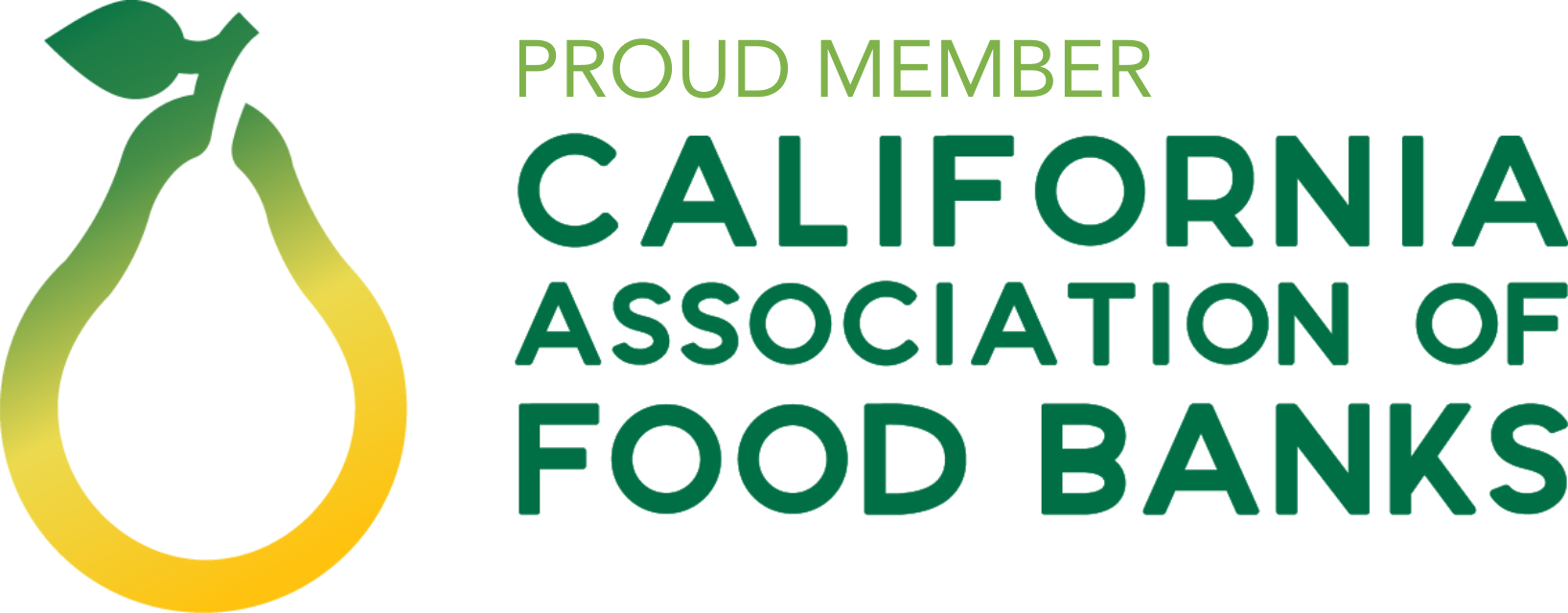The president released his proposed FY 2018 budget this month that calls for $193 billion in cuts to the Supplemental Nutrition Assistance Program (SNAP) over the next decade. These deep cuts represent a 25 percent reduction in funding, a move that would increase hunger and deepen poverty for millions of Americans already struggling to make ends meet. About 67,000 individuals in Contra Costa County and 40,000 in Solano County relied on federally-funded SNAP benefits each month of 2016 – about half of whom were children.
In an effort to reduce federal spending on SNAP, the budget both cuts vital nutrition funding and pushes costs onto states—an historic shift that would permanently alter SNAP’s entitlement structure and abandon our nation’s long-standing bi-partisan commitment to combat hunger. The current structure of SNAP allows the program to flexibly expand and contract its caseload based on need, ensuring that benefits are available to anyone who qualifies. The proposed changes, however, would require states to pay for 25 percent of benefits that are currently fully funded by the federal government.
Restructuring SNAP’s program structure would require California to absorb $1.8 billion annually in SNAP benefit costs. Such cost-shifting measures would undermine SNAP’s efficiency, flexibility, and reach—particularly in times of economic recession.
The budget proposal also targets low-income seniors and the working poor by proposing to eliminate the minimum monthly SNAP benefit of $16. This would result in 110,000 individuals in California being kicked off the program, the vast majority of whom are seniors living on Social Security and low-income workers who use SNAP to supplement their earnings. Eliminating the minimum benefit would also cause the state to lose $14 million each month in SNAP benefits that currently flow into local economies and support food retailers and farmers.
The president’s budget contains a number of other harmful proposals that would increase hunger, restrict eligibility and reduce benefits for California’s low-income families. These threats including time limiting SNAP benefits for childless workers in areas of high unemployment, benefit caps for large SNAP households, and prohibiting California and other states with high costs of living from assisting families with incomes over 130 percent of the federal poverty line.
These proposed cuts to SNAP would force even more Americans to rely on emergency food assistance providers like food banks, but the president’s budget proposes $27 million in cuts to these charitable organizations. The federal Temporary Emergency Food Assistance Program (TEFAP) provides local organizations with dried and canned food items, representing more than 13% of all pounds distributed by the Food Bank of Contra Costa and Solano last year.
“There is no way that food banks and other charities could replace the proposed billions in cuts to SNAP benefits,” says Caitlin Sly, Program Director at the Food Bank of Contra Costa and Solano. “Food banks are a complement, not a substitute, to the safety net.” Only 1 in 20 emergency assistance meals are provided by nonprofits, the rest flow through federal nutrition programs like SNAP.
The budget proposal also includes cuts of $627 billion from Medicaid, $21 billion from Temporary Assistance for Needy Families (TANF, also known as Welfare-to-Work), and $72 billion from Social Security programs like Supplemental Security Income (SSI) that support low-income seniors and people with disabilities.
The president’s budget sends the message that hunger is an acceptable outcome in America. The Food Bank is urging Congress to oppose any budget proposal that goes back on our decades-long commitment to eradicate hunger and support a bi-partisan budget deal that invests in the health and nutrition of nation’s most vulnerable residents.
###



